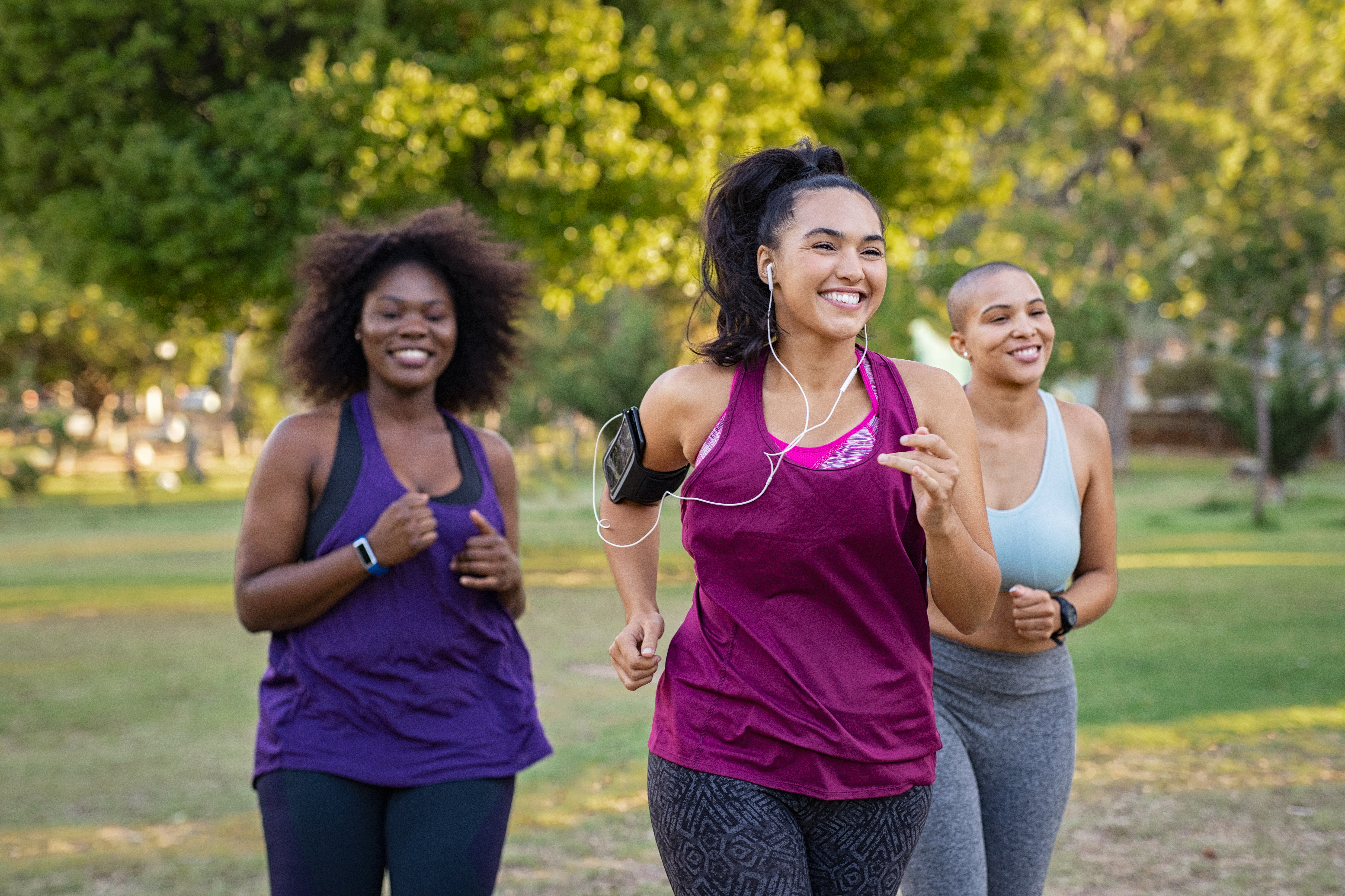Your 6-step guide for springing back into exercise

With more daylight and warmer temperatures beckoning, many people are ready to say goodbye to the winter doldrums and get active. But if you’ve been inactive for an extended period, lacing up your shoes and heading out for a two-mile run may not be the best way to ease into a new exercise routine.
Spring is a great time to get moving, and our six-step guide can help you create a successful — and enjoyable — fitness plan.
Step 1: Talk with your doctor
Before you start working up a sweat, schedule a visit to your doctor to gauge on your overall health. Discuss any aches, pains or limitations that might impact your plans to get active. Your doctor can also assess your cardiovascular health and help you understand how and when to increase your exercise intensity.
Step 2: Make a plan
Exercise should be planned for a time in the day when you feel rested and have the most energy. If you are planning to exercise outside, avoid extreme temperatures (warmer than 85° F or colder than 32° F). Remember to dress appropriately for the weather and wear comfortable, supportive footwear. An indoor contingency plan for exercise can help you stay active even during spring showers.
Step 3: Warm up and cool down
Aerobic exercise, such as walking or biking, is recommended for those getting started with a new routine. Your exercise session should start with a warm-up period of slow walking or low-resistance bicycling and end with a cool-down segment at similar intensity.
At the end of exercise, stretch the major muscle groups used by holding each stretch for 20-30 seconds. This can minimize injury and fatigue and increase flexibility.
Step 4: Make it manageable
Begin your exercise routine with an amount of time that is manageable, something as short as a five-minute walk around the neighborhood. Once you’re comfortable exercising for that long, slowly increase the duration of your sessions.
Don’t push yourself too hard, either. You should be able to maintain a conversation at all times of exercise without experiencing breathlessness.
Step 5: Don’t forget to hydrate
Drinking water is important, especially when you’re exercising more. Staying hydrated helps your muscles work more efficiently and helps your heart pump blood more easily. Make sure to drink plenty of water before you exercise – it’ll help your body perform at its best.
Buy a durable water bottle and carry it with you at work and when you run errands. Having a water bottle by your side will remind you to drink throughout the day.
Step 6: Have fun
Exercise shouldn’t be a slog, so make sure you’re doing something that you enjoy and makes you feel good. A successful start of a new routine will keep you motivated to continue and progress.
Fitness trackers and fitness apps are additional options to stay engaged and monitor progress. Enlisting a companion for exercise will add an element of support and keep the activity enjoyable.




